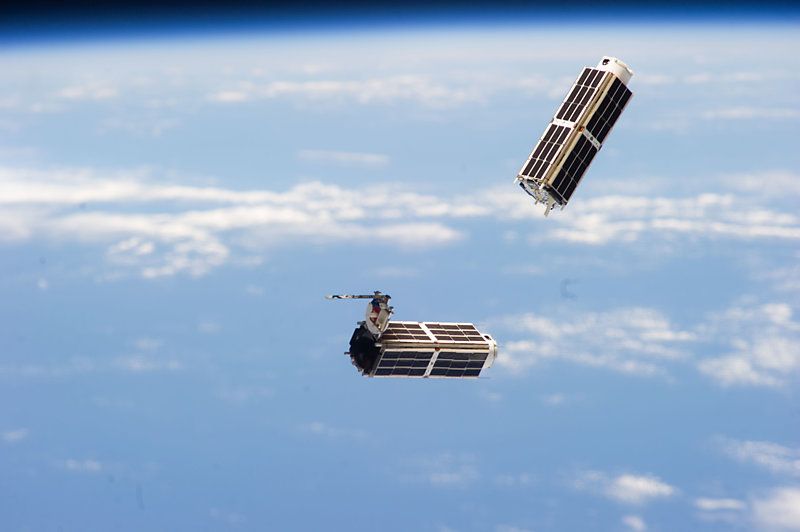Rice University atomic physicists have verified a key prediction from a 55-year-old theory about one-dimensional electronics that is increasingly relevant thanks to Silicon Valley’s inexorable quest for miniaturization.
“Chipmakers have been shrinking feature sizes on microchips for decades, and device physicists are now exploring the use of nanowires and nanotubes where the channels that electrons pass through are almost one-dimensional,” said Rice experimental physicist Randy Hulet. “That’s important because 1D is a different ballgame in terms of electron conductance. You need a new model, a new way of representing reality, to make sense of it.”
With IBM and others committed to incorporating one-dimensional carbon nanotubes into integrated circuits, chip designs will increasingly need to account for 1D effects that arise from electrons being fermions, antisocial particles that are unwilling to share space.
Researchers at MIT have come up with a de-icing system that is completely passive and relies only on the power of the sun, or artificial light, which means it can also work at night. The system could be used to prevent ice building up on aircraft wings, wind turbine blades, and powerlines.
Rather, they looked like whirlpools in space-time. In the universe, every part of space flowed, churned, trembled between madness and horror like fiery flames that emitted only frost. The Sun and the planets and all substance and existence seemed to be only hallucinations produced by the turbulence of space-time.
Lab-grown meat could cut emissions 96%
Posted in food
The free market Adam Smith Institute says we could be on the cusp of a revolution.
When I wrote that 41% of land in the contiguous United States is used to feed livestock, I thought it was a pretty high number. According to a new report from the free market-leaning Adam Smith Institute, however, the UK has us beat on that front:
Apparently a full 85% of the UK’s land footprint is associated with animal product production.
Space is all the rage, so it seems. The number of small spacecraft – including satellites – being manufactured has rocketed in recent years, and future forecasts are equally explosive. The first-ever internationally agreed requirements have just been published, enabling the industry to cruise even higher.
The small satellites industry is taking off. According to a recent report by SpaceWorks1), an aerospace company focused on delivering cutting-edge flight and space technologies, 2017 showed a 205 % increase in small satellite launches compared to 2016, with a record number still awaiting launch. What’s more, forecasts for future spacecraft production, often by new entrants to the industry, look equally celestial.
But producing these spacecraft involves some very specific requirements that newcomers to the market may not be aware of. To help harmonize the sector, ISO has just published the first-ever international technical specification for small spacecraft, which states the minimum requirements that every small spacecraft needs to comply with regardless of its mission.









